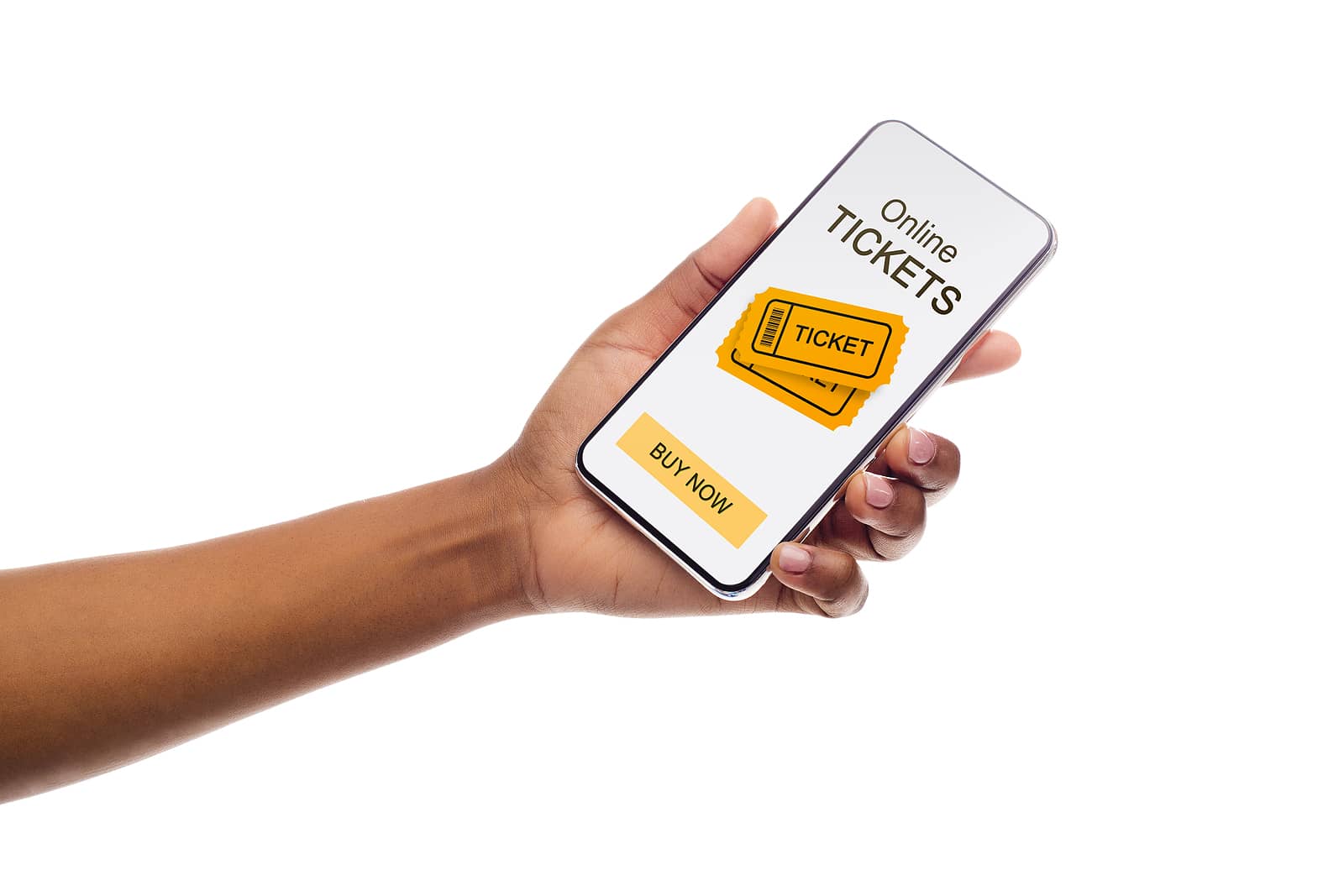The progression of digital transformation has made web accessibility a crucial aspect of websites. Your customers must find it easy to access important information on your website. Besides navigation, accessibility in your website design can also make a meaningful difference. What if disabled people land on your website and access information? You should never overlook this part! This post will explain how to enhance accessibility in your website design. You can implement these strategies in your website design project to see fruitful results. Keep walking with us to learn more about these tactics!
Top 5 effective ways to enhance website design accessibility
Enhanced website design accessibility can bring multiple benefits to your site. You must ensure that all users, including disabled persons, can navigate and access information easily on your site. What specific measures should you take to enhance accessibility and make things easier for your visitors? Nothing can help you more than a few effective strategies for enhancing accessibility in your web design. The following list will explain these points in detail. Let us jump into the list without any further ado!
1. Readable text and typography:
The first thing you should care about is the readability and accessibility of textual content on your side. For that, you should be smart enough to choose readable fonts and font sizes along with easily readable text and typography. Your text content must be easily accessible for users with visual impairment. Never opt for small and overly decorated fonts for your website design. What if the text on your site is low-contrast? Some users would never pick it up and might click out of your website.
The best you can do is to use scalable font sizes and let your visitors adjust the text size. The line spacing in your content must be adequate; paragraph spacing should be normal for improved readability. Users with cognitive disabilities like dyslexia should easily read your content and fonts.
2. Use accessible forms:
Forms are used for multiple purposes on a website. Your website might use many of them, like contact forms, login forms, and checkout process forms. Why not make these forms accessible to users? Designing and using accessible forms will help you provide clear labels and instructions to your users. In return, they will provide accurate information to help you make informed business decisions. A proper form markup is necessary to ensure that the form is readable.
Accessible and readable forms are crucial for data collection. They also help your users take away information easily. Do you want to enhance accessibility in your website design? You can seek help from web designing company Dubai as these experts know how to do it!
3. Audio and video accessibility:
Do you plan to use audio and visual content on your website? If yes, you must make it accessible too. You can use clear captions, transcripts, and audio descriptions to help your audience understand what the content is about. Users who are hard of hearing or deaf can utilize these captions and audio descriptions to understand the content. Users who find it hard to access audio or video content can also use these facilities to access this content.
The media players you use for video or audio content must be keyboard adjustable. It will help your users adjust the volume or playback the content using the keyboard. You can also enhance the compatibility of your content through assistive technologies.
4. Color and contrast considerations:
What if the contrast between colors and background is low? The overall ambiance of your website design might not be as good as it should be. Users will spend less time on your site due to poor color and contrast efforts. Therefore, you must consider colors and contrast to make your site layout eye-catching. Users with low vision or color blindness can read your content if the color contrast is accurate.
The best you can do is to use color contrast-checking tools for your website. The tool will help you analyze your colors and contrast ratios to make them compatible with color standards.
5. Keyboard accessibility:
Have you ever seen certain users using only a keyboard to navigate websites? These users do exist, and you must include them in your plan when designing your website. Users with mobility impairment will also utilize a keyboard to navigate your site. It is necessary to ensure that the interactive elements on your website can controlled and adjusted via keyboard.
Links and several buttons on your website can be controlled from the keyboard.
Make your website accessible to users!
Website accessibility – especially in design – can make a meaningful difference. You can utilize several strategies to ensure enhanced accessibility for users with low vision and visual impairment. However, you should never do it alone; seeking help from expert website design companies would be wise!






